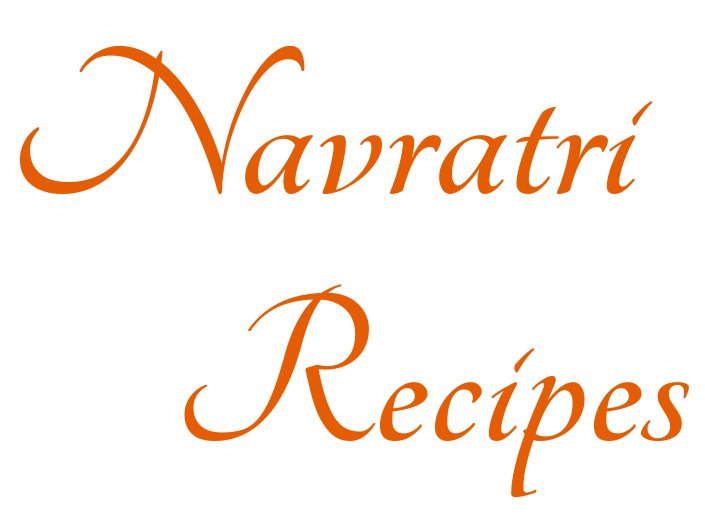(Navaratri Fasting Recipes, Special Navaratri Dishes, Vijayadashami Recipes, Dussehra Recipes)

Jump to recipes ↓
Navratri or Dusshera is an important Indian festival that is celebrated throughout the country. Nav or nau means 9 and ratri means nights and hence navratri means 9 nights. It is celebrated in varied forms in the different parts of the country. Personally, navratri is my favorite festival not only for its pompousness and aura but for the significance of it. It celebrates the deity Durga in 9 different forms in the nine days. In other words, the shakti or the innate strength and glory of womanhood is celebrated. When I read about the increasing injustices meted out to women, in the name of culture, my mind and heart only says if only we understand our tradition and culture very deeply and strongly, such incidents would never happen. We do not have to invoke any movement with respect to women liberation or equality; as a matter of fact women equality is a part of our religion and culture. In a country, where a woman or Shakti is worshipped and glorified as Durga ma or lakshmi ma, where all the sacred rivers in the country holds a woman name shows the importance of women in ones life, where the country in itself is Bharat Mata, do we need a liberation movements to understand the power of woman in our country? Probably not!!! Let’s understand our culture deeply and none will do any injustice to any woman.
Coming back to navratri, though there are four navratri celebrated, the sharad navratri is a very popular one. It usually occurs in the month of October every year, the actual dates derived from the lunar calendar. Each state in our country celebrates navratri in their own traditional manner. In Punjab, people fast for the first 7 days and break their fast on the 8th day by doing a kanya puja on young girls who are treated as the goddesses. On the 8th day, the traditional puri, sooji ka halwa and chole are prepared and served to the young girls. In west Bengal and Bihar, the durga puja is famous, which is celebrated in the last 4 days where large clay models of durga is worshipped for 4 days and is immersed in the river on the 5th day. In the western India, especially Gujarat, Rajasthan and Mumbai, navratri is celebrated with the traditional and age old garba and dandia dance. In Tamilnadu, we celebrate navratri by keeping golu. Golu is stacking of clay made idols and dolls in steps of 3, 5, 7 or 9 depending on one’s interest and creativity. It symbolizes the different creations of almighty starting from insects to animals&birds to normal human beings to saints who have lived a life of sanctity to the eternal gods in heaven. In these 9 evenings, married women are given the traditional thamboolam (comprising of coconut, fruit, betel leaf, turmeric and kumkum) and a sundal. Sundal is made using the different lentils like chick pea, black Chana, white peas, green pea, white karamani or lobia, whole green gram, Bengal gram with seasoning and coconut gratings. As children, we used to really crave for this sundal in each other’s home. In the mornings, some varieties of payasam or rice dishes are made as Prasad or offering to god.
I have listed some of the common sundal and payasams that we make and also the fasting recipes that can be eaten in this navratri period. Happy navratri and happy womanhood!!
Sundal & Savories
Vrat (or Upwas) Recipes
Variety Rice
Navratri Sweets